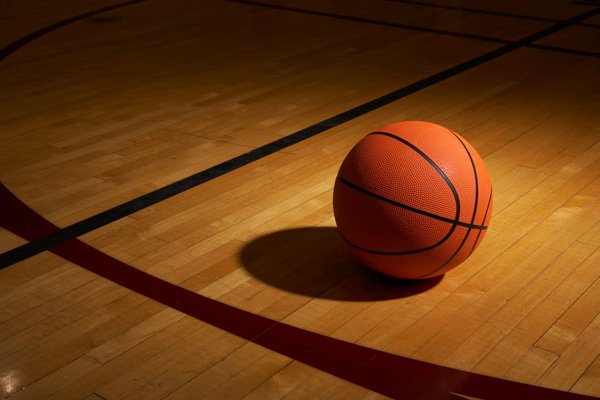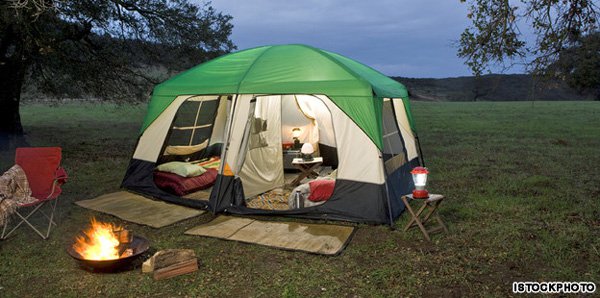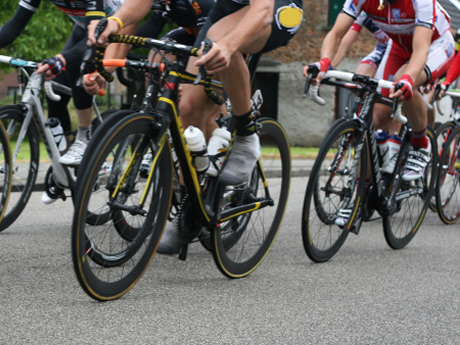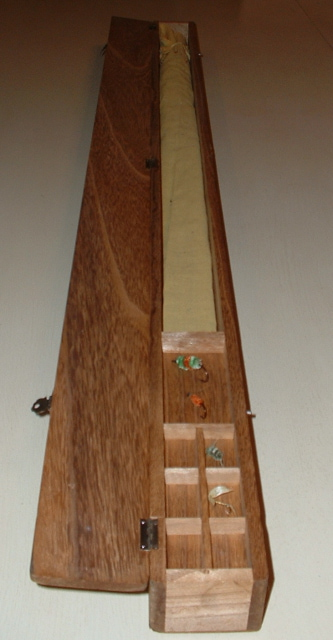
An ongoing question about which people regularly inquire is which is better, an acrylic backboard or a glass backboard. The most important thing to remember when answering this question is that you must always compare similar specs between two systems. For instance, a glass backboard system somewhere might cost $500, and an acrylic backboard system somewhere might cost $1500. You should not stop at price alone, or even the width of the backboard itself to determine which backboard is better. To help get you started with understanding this question we will first consider rebound.
Glass backboards are much more rigid than Acrylic backboards. Because of this, when the basketball hits the backboard, the ball will bounce off better. Acrylic flexes when the basketball hits it, thus dampening the bounce. Why do you care? Shots that require the backboard - bank shots - will have to be shot differently if a player trains on an acrylic backboard and then plays games on a glass backboard. Next, we will consider susceptibility to damage.
Every level of basketball system in the marketplace has a different backboard thickness. One thing to note before exploring this topic is that for just about any manufacturer, no one makes an acrylic backboard thick enough to fully mimic the quality of rebound of a glass backboard. That said, backboard material thickness is something to concern yourself with when dealing with acrylic backboards. Acrylic backboards tend to weaken over time when exposed to UV radiation. Some customers have reported that one day everything looked great with their backboard, and the next day, the basketball went straight through the backboard. Thus, acrylic backboard thickness is definitely something to consider when shopping.
Because acrylic backboards can flex, they are less susceptible to damage from what I call point impact - damage that is done in a concentrated area like when a rock is thrown at the backboard. Glass basketball backboards are tempered glass, the same material as your care windshield. Just like your care windshield, if a rock hits the windshield, it can chip the glass; then, if water freezes in the rock chip, the crack can splinter and spider web just like your windshield; lastly, if enough force is the applied to the backboard from, let's say a basketball, the backboard can shatter. If you think your basketball system might be in an area where it might be used abusively, or vandalized, acrylic backboards are more likely to withstand that type of use. Lastly, we will consider cost.
For nearly all basketball system manufacturers, glass backboard systems are more expensive than acrylic backboard systems. Largely, this is due the more expensive cost of producing the backboard material for glass backboards as well as the increased strength in the pole structure required to support the heavier material from glass. However, one distinct exception to this rule is Goalsetter. Goalsetter acrylic backboard systems are more expensive to their comparably-sized glass backboard counterparts. Goalsetter's stated reason for this is acrylic, being an oil-based material, is more expensive to produce than glass backboards. Whether this is true or not can hardly be determined. However, one thing to note is that in the case of Goalsetter, they will warranty the backboard of an acrylic basketball system when used commercially, but will not for a glass backboard basketball hoop being used commercially.
Buy Premium Quality Camping And Survival Gears From Best Online Stores

Will Riding in a Group Make You Faster?


Copyright © www.mycheapnfljerseys.com Outdoor sports All Rights Reserved